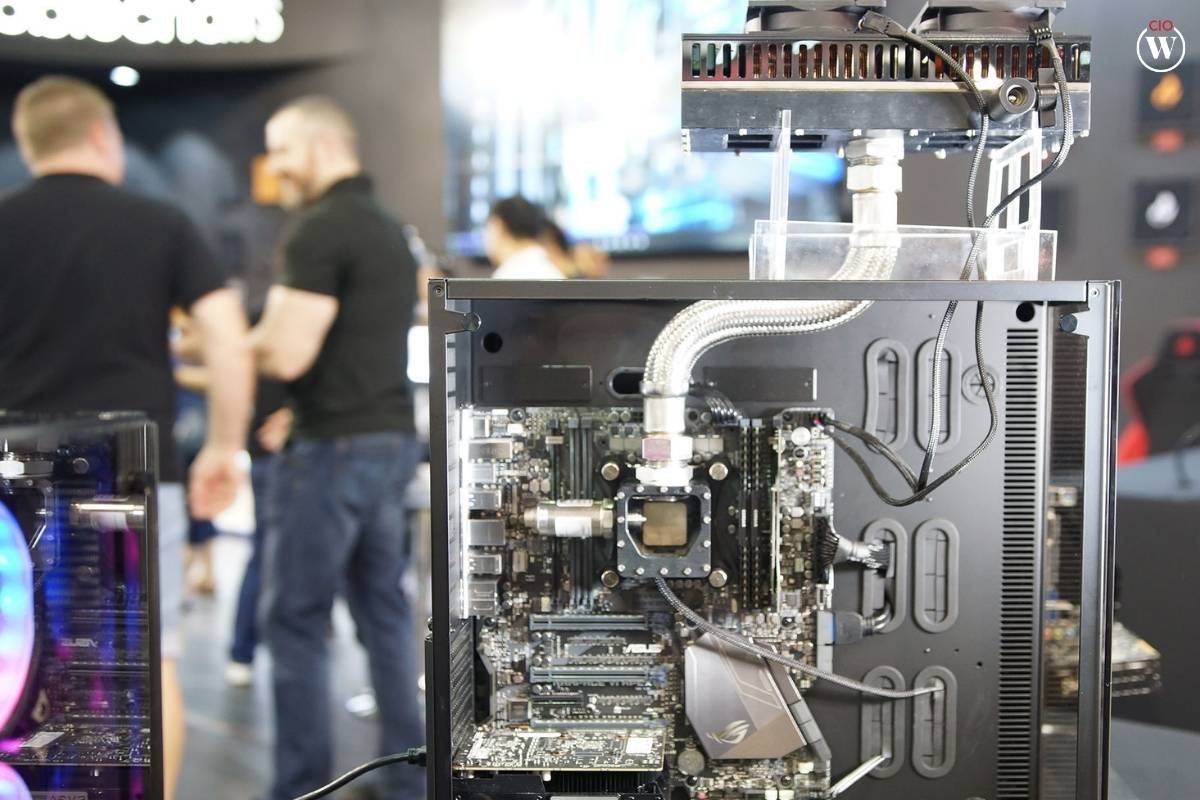In the ever-evolving landscape of graphic design, processors play a pivotal role in delivering the seamless and high-performance experience that designers crave. However, with great power comes great heat, and addressing this challenge has become a paramount concern. This article delves into the world of cooling solutions for graphic design processors, exploring the innovative technologies that keep these workhorses running efficiently.
The Importance of Efficient Cooling:
Cooling solutions for graphic design processors are not mere luxuries; they are essential for maintaining optimal performance and extending the lifespan of these powerful components. Graphic design tasks often demand heavy computational loads, causing processors to generate significant heat. Without proper cooling mechanisms, the excess heat can lead to thermal throttling, reduced performance, and, in extreme cases, permanent damage to the hardware.
Here are some effective Cooling Solutions for Graphic Design Processors:
1. Active Cooling Systems
Active cooling systems are the stalwarts in the realm of cooling solutions for graphic design processors. They employ fans to dissipate heat generated during intense graphic design tasks. The key to their effectiveness lies in the design of the fans and the heat sinks. Modern graphics cards come equipped with powerful, yet silent, fans that efficiently channel heat away from the processor.
These active cooling systems are an integral part of the graphics card design, with multiple fans strategically placed to ensure uniform cooling across the entire surface. Moreover, manufacturers employ advanced materials in constructing heat sinks, enhancing their thermal conductivity and overall efficiency in dissipating heat.
2. Liquid Cooling Solutions
As graphic design processors continue to push the boundaries of performance, liquid cooling solutions have emerged as a sophisticated alternative to traditional air-based systems. Liquid cooling involves a closed-loop system where a liquid coolant circulates through a series of tubes and a heat exchange unit.

The liquid absorbs heat from the processor and transports it to a radiator, where it is dissipated into the surrounding environment. This method is not only effective but also quieter compared to some high-speed fan configurations. Liquid cooling solutions are gaining popularity among graphic designers who prioritize both performance and a quiet working environment.
3. Phase Change Cooling
Pushing the boundaries of innovation, phase change cooling is a cutting-edge solution that leverages the principles of thermodynamics. This system relies on the phase transition of a refrigerant, typically from a liquid to a gas and back to a liquid. As the refrigerant evaporates, it absorbs heat from the processor, and upon condensation, releases the heat outside the system.

While phase change cooling is highly efficient, it is currently more prevalent in industrial and server environments due to its complexity and cost. However, as technology advances, we may see this cooling solution making its way into high-end graphic design processors, providing an unprecedented level of cooling efficiency.
4. Passive Cooling Techniques
Passive cooling techniques are designed to operate without the need for active components like fans. These solutions rely on heat dissipation through conductive materials and natural airflow. While not as commonly used in high-performance graphic design processors, passive cooling can be effective in certain scenarios, especially for less demanding tasks.
Heat sinks with extended surface areas and strategically designed fins facilitate passive cooling by allowing heat to radiate away from the processor. This method is often used in compact or fanless graphic design processor configurations, where space and noise considerations are critical.
5. Integrated Cooling Solutions
Modern graphic design processors often come with integrated cooling solutions designed specifically for the given hardware. These solutions are meticulously engineered by manufacturers to ensure compatibility and optimal performance. Integrated cooling solutions may combine active and passive elements to strike a balance between efficiency and noise levels.

The integration of cooling solutions directly into the graphics card design ensures a seamless user experience, eliminating the need for users to navigate through complex configurations. This user-friendly approach enhances accessibility, making powerful graphic design processors more approachable for a broader audience.
Conclusion
Cooling solutions for graphic design processors have evolved significantly, providing designers with a diverse array of options to suit their specific needs. Whether it’s the efficiency of active cooling systems, the sophistication of liquid cooling solutions, the innovation of phase change cooling, the simplicity of passive cooling techniques, or the seamless integration of cooling solutions, designers now have the tools to unleash their creativity without compromising on performance or longevity.
Investing in an effective cooling solution is not just about keeping temperatures in check; it’s about unlocking the full potential of graphic design processors. As technology continues to advance, we can expect even more innovative and efficient cooling solutions to emerge, shaping the future of graphic design and ensuring that these powerful processors remain cool, quite literally, under pressure. So, whether you’re a seasoned professional or an aspiring designer, embracing the right cooling solution is the key to reaching new heights in the world of graphic design processors.









